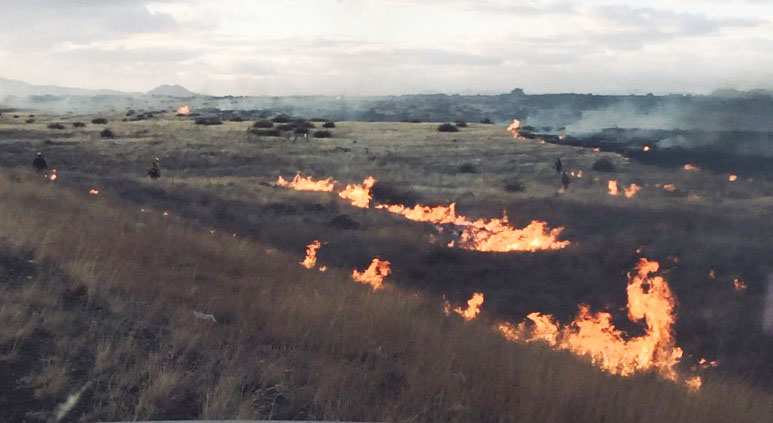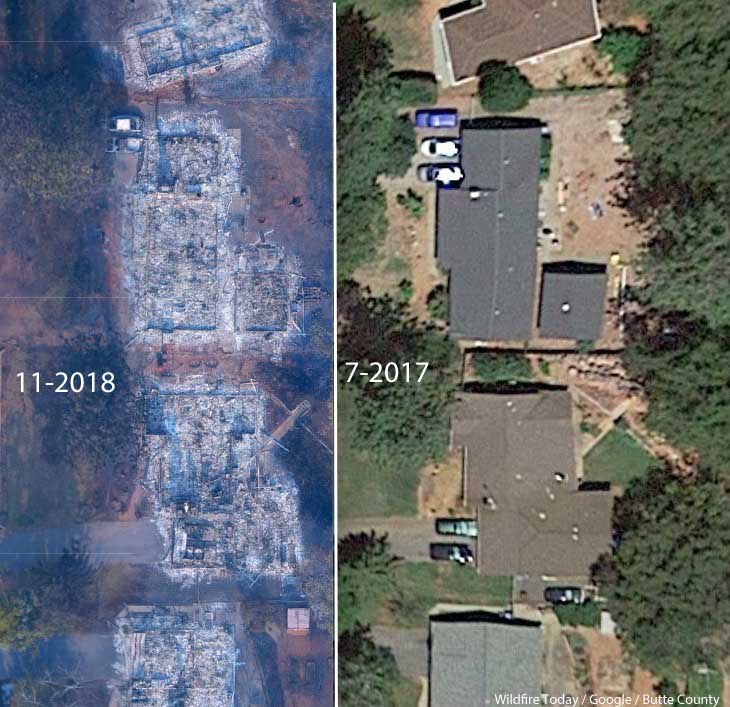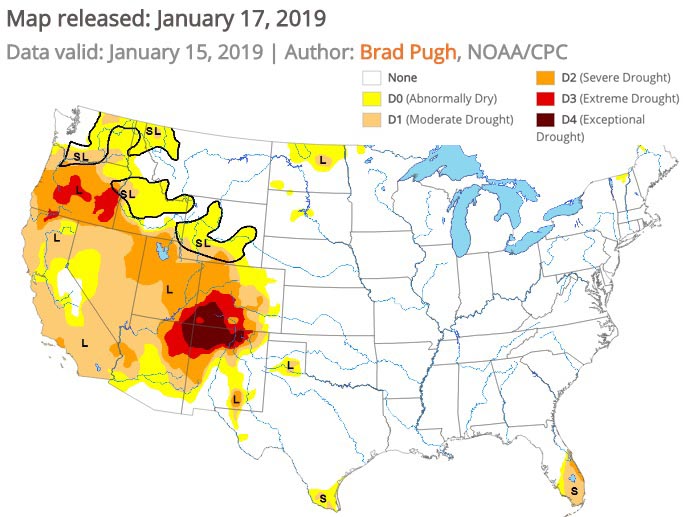
After the last major shutdown of the federal government in 2013 which lasted for 16 days, a class action lawsuit was filed and won by employees who were forced to work and who signed on to the litigation. All employees received the back pay they missed, but the judge awarded additional liquidated damages as well to the 25,000 who proactively signed onto the case and worked during the period. The government still has not paid the damages ordered by the judge.
More than 200,000 employees were forced to work in 2013. Approximately 800,000 are not being paid during the current shutdown that began December 22, 2018, and about half of those are being told they have to continue working.
A Senate Appropriations Committee report estimates that as many as 5,000 U.S. Forest Service firefighters may be working now without pay. A USDA spokesperson said an official shutdown plan ensures that workers “essential to protect life and property” remain on duty.
In February, 2017 U.S. Court of Federal Claims Judge Patricia Campbell-Smith ordered compensation for the 2013 shutdown alleging a violation of the 1938 Fair Labor Standards Act. The delay in compensation for the damages, the government said, is due to the difficulty in obtaining pay records and then applying that data to the formula for payment.
The lawsuit was filed for the employees by Heidi Burakiewicz, an attorney at the law firm Mehri & Skalet.
Below is an excerpt from an article at Govexec:
The plaintiffs [from the 2013 shutdown] will likely receive an amount in the neighborhood of $7.25—the federal minimum wage—times the number of hours worked between Oct. 1 and Oct. 5, 2013, the period in which paychecks were delayed. This amounts to $290 for employees who worked eight-hour days, plus any overtime they are due.
After the court’s 2014 ruling, federal agencies were forced to notify hundreds of thousands of federal workers of their eligibility to join the suit. FLSA-exempt workers, such as teachers, nurses and high-level managers, and those who earned more than $290 on Sept. 29 (a Sunday) and Sept. 30 were not entitled to join the case.
The same attorney who won the 2013 case has filed a class action lawsuit against the federal government over the current government shutdown.
Employees being forced to work for no pay could possibly find temporary or even permanent work elsewhere if they were allowed to. It can be difficult to continue going to a non-paying job while incurring costs for commuting, gasoline, rent, house or car payments, medical bills, car repairs, day care, and food.
Meanwhile:
The Washington Post reported today that the White House is putting together a list of federal programs that would be hurt if the shutdown lasts into March.
White House acting chief of staff Mick Mulvaney has pressed agency leaders to provide him with a list of the highest-impact programs that will be jeopardized if the shutdown continues into March and April, people familiar with the directive said.
Mulvaney wants the list no later than Friday, these people said, and it’s the firmest evidence to date that the White House is preparing for a lengthy funding lapse that could have snowballing consequences for the economy and government services.










